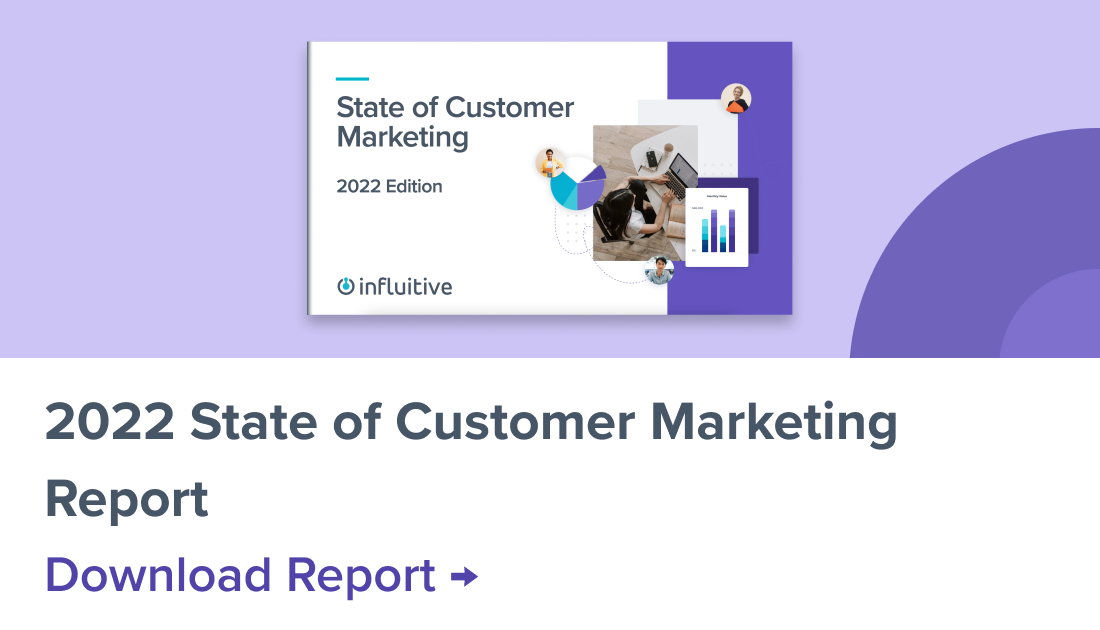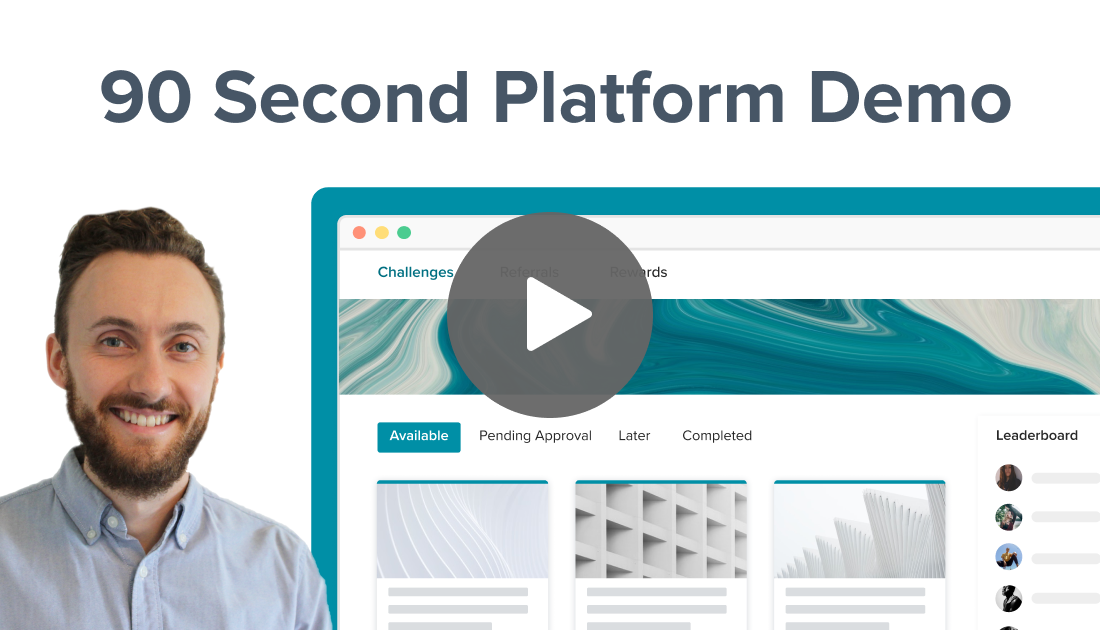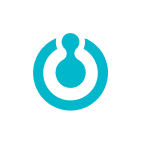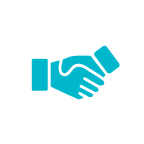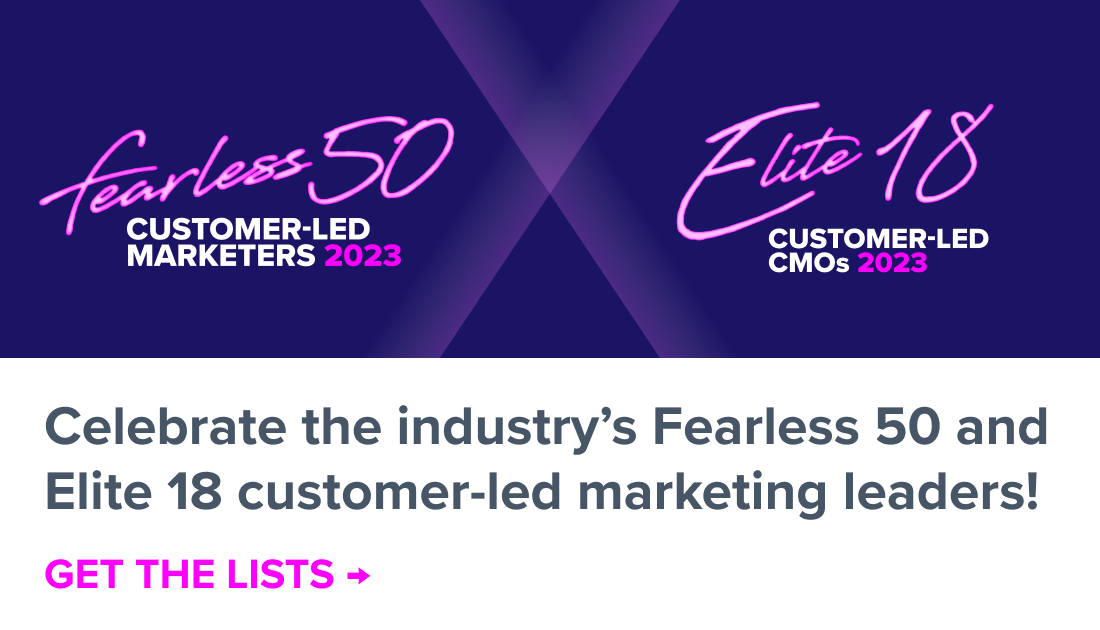Marketers know that finding ways to increase customer engagement is good for the bottom line. “Customer engagement is highly correlated to customer loyalty,” says Aimee Lucas, Customer Experience Transformist and VP at the Temkin Group, a customer experience research and consulting firm.
That’s because loyal customers are more likely to buy again, and buy more than before. “We see companies who have improved engagement increase cross-sell by 22%, drive up-sell revenue from 13% to 51%, and also increase order sizes from 5% to 85%,” says R “Ray” Wang, Principal Analyst and CEO at Constellation Research, an advisory and research firm.
However, customer loyalty can also generate revenue on another front: demand generation.
Engaged customers draw in more loyal customers
Customer engagement isn’t only for current customers. It begins the moment a potential buyer spots a mention of your company on social media, or hears about your product from a peer in their industry.
In today’s hyper-connected world, people aren’t shy about sharing their opinions—and B2B buyers are listening. The 2016 B2B Buyer’s Survey Report found that 62% of B2B buyers were relying more on peer recommendations than the year before, and 49% listed colleagues and peers as one of their top three resources in the search for new software.
The bad news is that, if B2B marketers don’t get into word-of-mouth marketing now, they risk having others drive the conversation around their products and services.
However, there’s a group your prospective customers will trust: your current customers.
By engaging your power users throughout the customer lifecycle and turning them into vocal advocates for your brand, you can improve what’s being said in third-party channels about your company.
Increasing customer engagement makes it more likely that your customers will spread positive word of mouth about your brand through blogs and social media, videos, case studies, speaking engagements and other activities. This social proof will help you attract more prospects, close more deals and shorten your sales cycle.
However, you have to engage your customers throughout their lifecycle if you want them to advocate for you at every stage of your potential buyer’s journey.
Building customer engagement & advocacy throughout the customer lifecycle
To increase customer loyalty, you first need a consistent way to connect with your customers. “Companies need to start by understanding how their interactions are meeting the functional, accessible and emotional expectations of their customers through a ‘voice of the customer’ program,” suggests Aimee.
Amongst other customer engagement activities, a formal advocate marketing program can ensure you’re engaging your customers, encouraging them to advocate for your brand and recognizing them for their contributions.
Here’s how you can leverage and motivate your advocates throughout the customer lifecycle.
1. Discovery
This is the stage in the buying process when your potential buyers are learning about the features of your products and services. Word of mouth, blogs, social media, user reviews and other online content are all big influences at this stage. In particular, 55% of respondents to the 2016 B2B Buyer’s Survey Report said that online reviews influenced their decision to purchase.
Ask your advocates to contribute to this social proof by sharing their positive experiences on various social media and review sites. Then, thank them for their contributions and promote their online profiles. They’ll appreciate the fact that you’re helping to boost their online reputation, making this a win for both of you.
2. Final selection
By the time buyers reach this point, your advocates have likely already influenced their decision-making process through word-of-mouth and reviews.
To help your prospects finalize their selection, connect them with advocates from similar industries and roles who can offer case studies, testimonials and reference calls. Position this as an opportunity for your advocates to increase their professional network and talk about their success with your product or service, and they’ll be happy to oblige.
3. Onboarding
In this stage, buyers have made the commitment to invest in your solution and are looking for advice from current customers and product experts to get the most from their investment.
Try crowdsourcing tips and suggestions from your advocates to create a best practices guide to share with your new customers. You can also set up a community program where customers can connect with peers and share advice. Share your advocates’ success stories, and help foster professional relationships, and it will be a win-win for all parties involved.
4. Providing feedback on the product or service
At this stage, a customer has spent some time with your product or service and is in a position to provide input on what is working and what needs adjustment.
Reach out to them to ask for their feedback on everything from your newest product release to your next marketing campaign. They’ll probably have some great suggestions, and it will make them feel valued—as long as you try to implement their suggestions.
5. Contributing referral leads
In a 2015 study by Heinz Marketing, 82% of sales leaders surveyed agreed that referrals are the most useful leads. If your customer advocates submit the names of peers who would also be a fit for your organization, it can really contribute to your company’s bottom line.
Encourage advocates to refer new prospects by making your referral process smooth and transparent. Then, reward advocates appropriately for making an introduction and keep them in the loop throughout the sales cycle.
To build customer loyalty throughout all these activities, the key is to keep the lines of communication open and listen to what your customers are saying. This will increase customer engagement throughout the buying process and customer lifecycle—driving both demand gen and revenue.
More resources for boosting customer engagement:
- 4 powerful ways to get your customer advocates to take action
- 2 crucial steps for keeping customer engagement high
This blog was originally published October 12th, 2015, and was updated March 14th, 2017.








